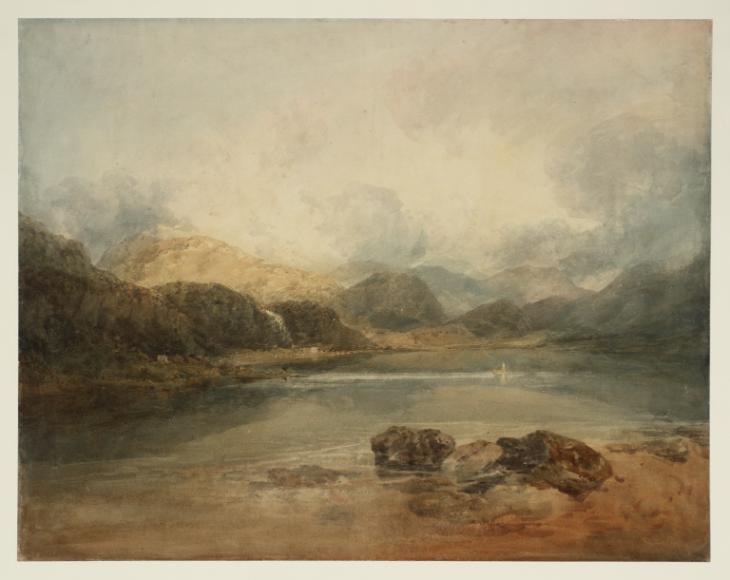Exhibition history
References
How to cite
Andrew Wilton, ‘Derwentwater, with the Falls of Lodore 1797–8 by Joseph Mallord William Turner’, catalogue entry, January 2013, in David Blayney Brown (ed.), J.M.W. Turner: Sketchbooks, Drawings and Watercolours, Tate Research Publication, November 2014, https://www

